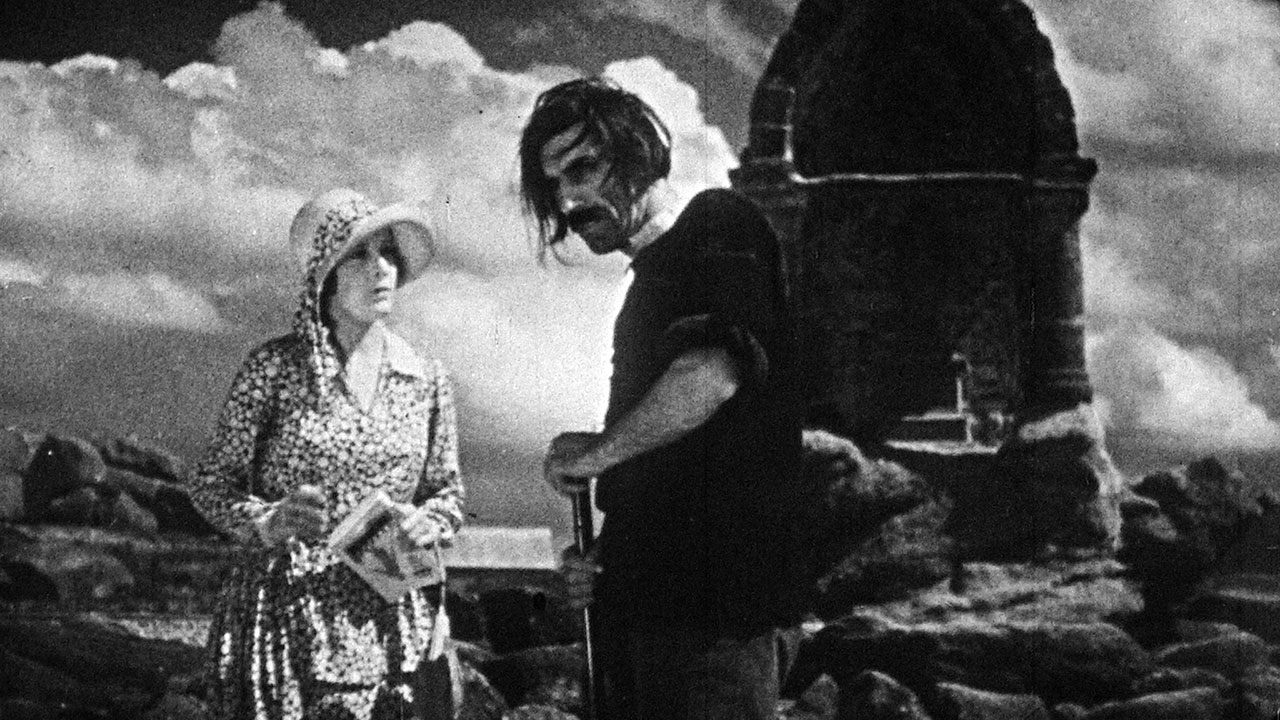
The Divine Voyage (1929)
A girl in search of sailors lost in the Pacific.

A girl in search of sailors lost in the Pacific.
 Jean MuratJacques de Saint-Ermont
Jean MuratJacques de Saint-Ermont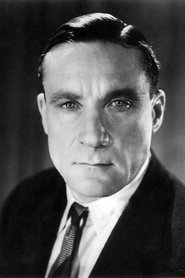 Thomy BourdelleMareuil
Thomy BourdelleMareuil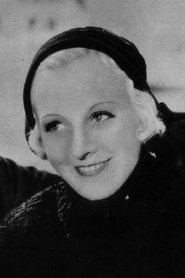 Suzanne ChristySimone Ferjac
Suzanne ChristySimone Ferjac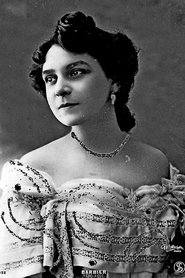 Charlotte Barbier-KraussMme de Saint-Ermont
Charlotte Barbier-KraussMme de Saint-Ermont Line NoroJeanne de Guiven
Line NoroJeanne de Guiven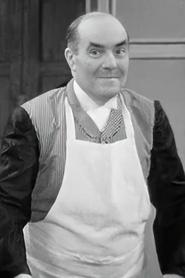 Louis KerlyLe curé
Louis KerlyLe curé Henry KraussClaude Ferjac
Henry KraussClaude Ferjac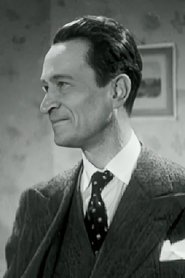 Georges PaulaisLe matelot Brélez
Georges PaulaisLe matelot Brélez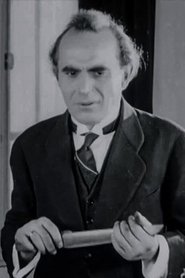 François ViguierLe Guénec
François ViguierLe Guénec François Viguier
François Viguier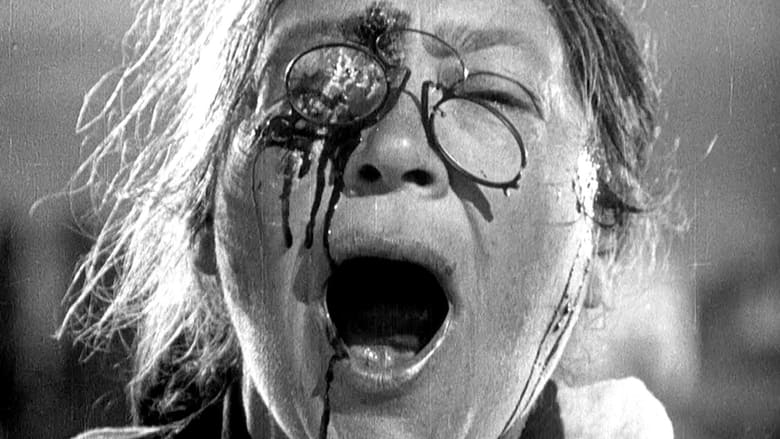
A dramatized account of a great Russian naval mutiny and a resultant public demonstration, showing support, which brought on a police massacre. The film had an incredible impact on the development of cinema and is a masterful example of montage editing.

This pioneering documentary film depicts the lives of the indigenous Inuit people of Canada's northern Quebec region. Although the production contains some fictional elements, it vividly shows how its resourceful subjects survive in such a harsh climate, revealing how they construct their igloo homes and find food by hunting and fishing. The film also captures the beautiful, if unforgiving, frozen landscape of the Great White North, far removed from conventional civilization.

Sergei M. Eisenstein's docu-drama about the 1917 October Revolution in Russia. Made ten years after the events and edited in Eisenstein's 'Soviet Montage' style, it re-enacts in celebratory terms several key scenes from the revolution.

Two families, abolitionist Northerners the Stonemans and Southern landowners the Camerons, intertwine. When Confederate colonel Ben Cameron is captured in battle, nurse Elsie Stoneman petitions for his pardon. In Reconstruction-era South Carolina, Cameron founds the Ku Klux Klan, battling Elsie's congressman father and his African-American protégé, Silas Lynch.

A married farmer falls under the spell of a slatternly woman from the city, who tries to convince him to drown his wife.
A nervous and unsettling young boy takes a mysterious old suitcase across London... to a twisted and surreal conclusion.
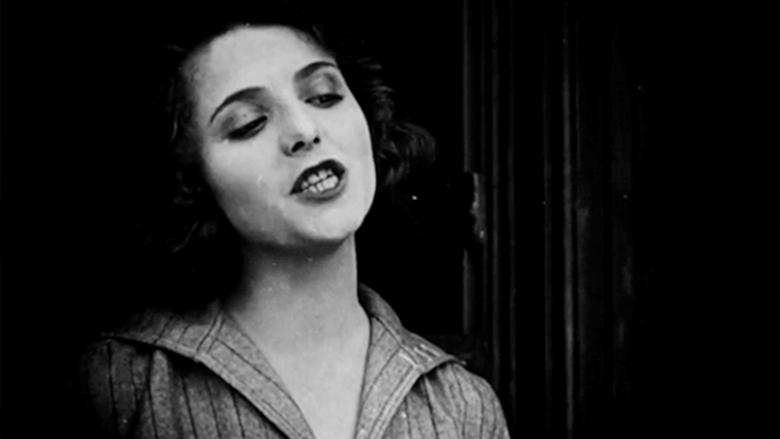
During an annual celebration in which English peasants and aristocrats mingle, the Duke of Loame is thrown from his horse and saved by Ivis Benson, the daughter of a tenant farmer. Both injured, they fall in love, to the dismay of his mother and Lady Eileen, his intended bride.

A bumbling tramp desires to build a home with a young woman, yet is thwarted time and time again by his lack of experience and habit of being in the wrong place at the wrong time..
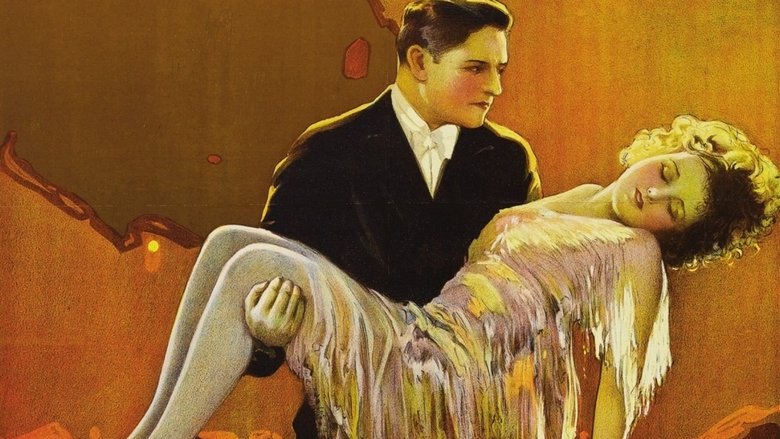
Left penniless by her vengeful ex-husband, Madeline is forced to become a pickpocket to pay for a new wardrobe. One of her victims is a Mr. Finlay, who threatens to turn her over to the police -- until he hears Madeline's woeful tale of her cruel, possessive husband.
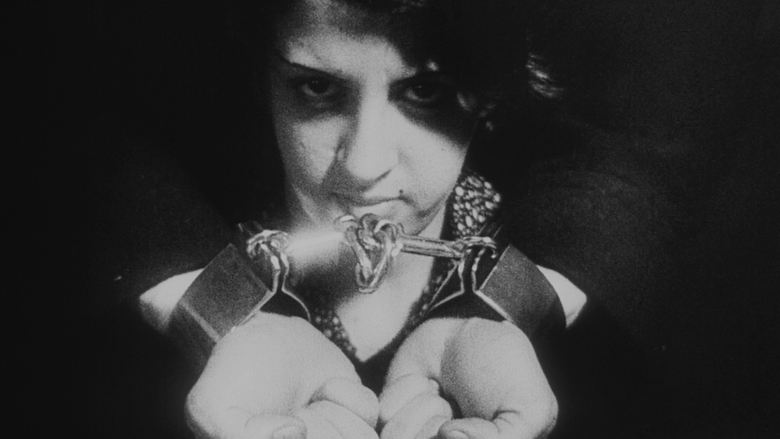
Adrift in the vast expanse of the ocean, a solitary boat carries three castaways—a man and two women. Stranded and devoid of any glimmer of rescue, they find solace in recounting the tales of their lives to one another. As they delve into their personal narratives, reminiscing about the circumstances that led them to this desolate predicament, they navigate through the depths of three distinct destinies. Bound by the confines of their shared space, every aspect of their existence becomes a boundary, underscoring their plight.
Children's Souls Accuse You is a 1927 German silent drama film directed by Curtis Bernhardt and starring Albert Steinrück, Nathalie Lissenko and Walter Rilla. It was made with an anti-abortion theme.
Mark Reid, a young prospector, discovers gold in the Sierra foothills. He meets an old man known as "The Good Samaritan," who counsels him and welcomes him into his home. While he is away registering his claim, another prospector, Mike O'Hara, comes along, and, seeing no one around, takes possession of the gold mine. When Reid returns, the two engage in a struggle. As Reid is about to be overcome, an Indian slips a dagger into his hand. Reid is about to stab O'Hara when The Good Samaritan appears and stops the fight. Reid and the O'Hara set aside their differences and decide to become partners.
Therese Roger, daughter of a West Indian planter, whose parents are murdered while she is a baby, becomes the adopted daughter of her aunt, Madame Roger, keeper of a haberdashery shop in one of the smaller villages in southern France. She grows up with Camille, Madame Roger's son, a sickly, sexless creature, whom she ultimately marries in deference to her aunt's wishes.

Robin Hood is a 1912 film made by Eclair Studios when it and many other early film studios in America's first motion picture industry were based in Fort Lee, New Jersey at the beginning of the 20th century. The movie's costumes feature enormous versions of the familiar hats of Robin and his merry men, and uses the unusual effect of momentarily superimposing images different animals over each character to emphasize their good or evil qualities. The film was directed by Étienne Arnaud and Herbert Blaché, and written by Eustace Hale Ball. A restored copy of the 30-minute film exists and was exhibited in 2006 at the Museum of Modern Art in New York City.
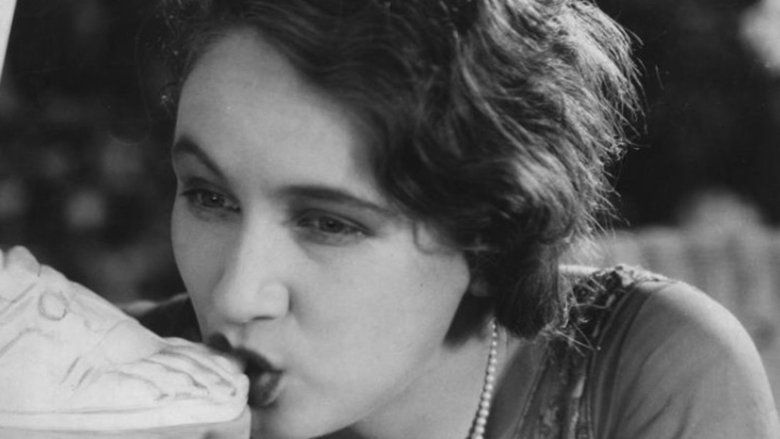
The film consists of a series of tightly interlinked vignettes, the most sustained of which details the story of a man and a woman who are passionately in love. Their attempts to consummate their passion are constantly thwarted, by their families, by the Church and bourgeois society in general.
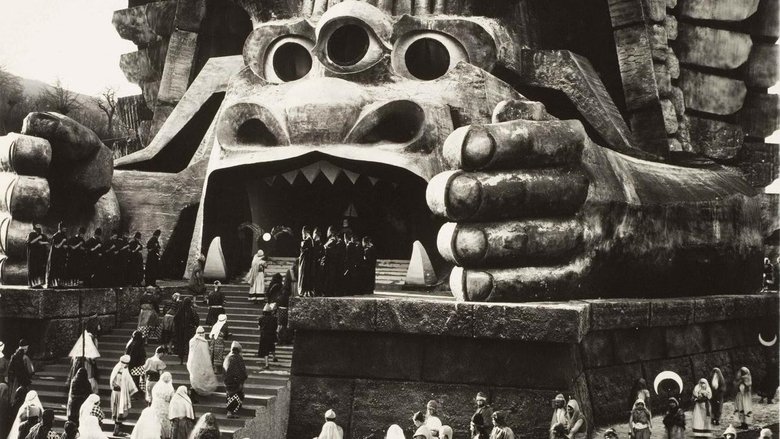
Young Cabiria is kidnapped by pirates and sold as a slave in Carthage. Just as she's to be sacrificed to Moloch, Cabiria is rescued by Fulvius Axilla, a good-hearted Roman spy, and his powerful slave, Maciste. The trio are broken up as Cabiria is entrusted to a woman of noble birth. With Cabiria's fate unknown, Maciste punished for his heroism, and Fulvius sent away to fight for Rome, is there any hope of our heroes reuniting?

A young man travels to Mars in a rocket ship, where he leads a popular uprising against the ruling group with the support of Queen Aelita, who has fallen in love with him after watching him through a telescope.
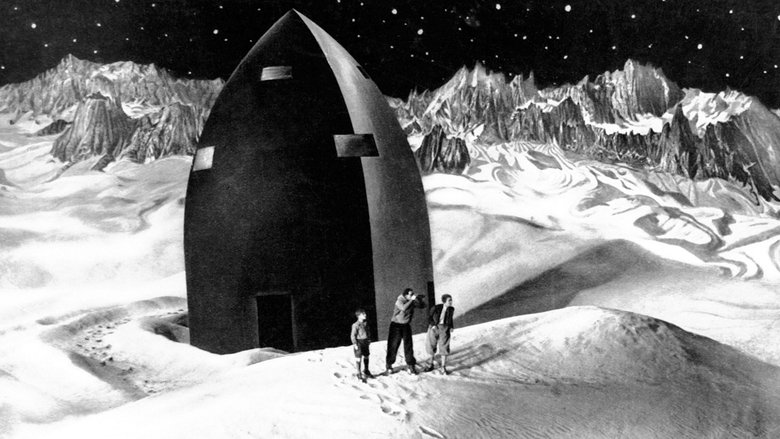
A scientist discovers that there's gold on the moon. He builds a rocket to fly there, but there's too much rivalry among the crew to have a successful expedition.
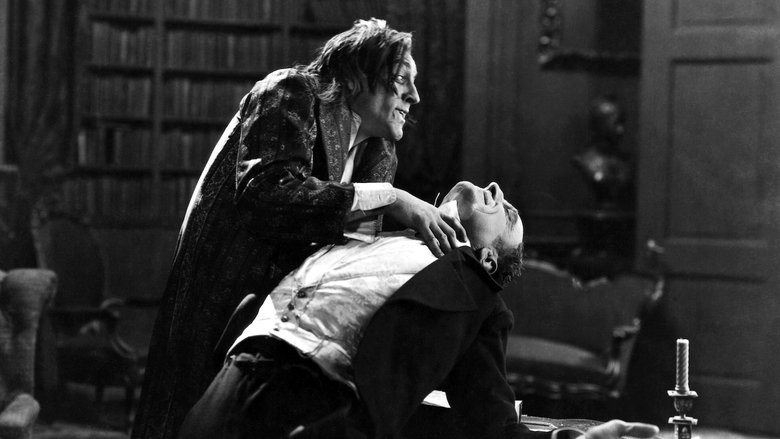
A doctor's research into the roots of evil turns him into a hideous depraved fiend.

The story of a poor young woman, separated by prejudice from her husband and baby, is interwoven with tales of intolerance from throughout history.